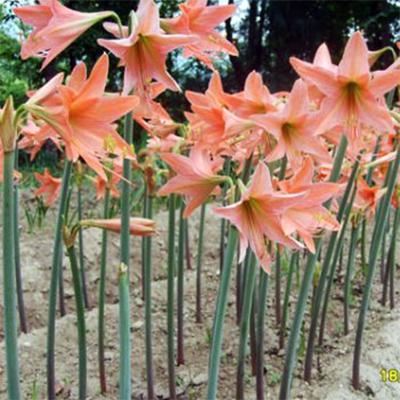As the temperatures drop and outdoor plants begin to go dormant, many gardeners choose to bring their potted plants inside for the winter. Overwintering plants in cool, dry spaces such as a basement or garage can help ensure they survive until spring. Over the years, I’ve experimented with various methods for keeping plants in these spaces, and I’ve learned some key strategies that can help ensure success. Here are eight essential tips for overwintering plants in a garage or basement, based on my own experiences.
1. Choose the Right Overwintering Location
For successful overwintering, select a cool, dry spot where the temperature stays between 45°F (7°C) and 60°F (15°C). These conditions help mimic winter dormancy. A basement, unheated garage, or minimally heated outbuilding are ideal. It’s not necessary to provide light for dormant plants, but ensure the space is not excessively damp or humid.

2. Clean and Prepare Containers
Before moving plants inside, clean the pots and trim away any dead or diseased plant material. Scrape away the top layer of soil, as it may contain excess salts or pests. Giving the pots a quick wipe with a damp cloth helps prevent the spread of disease or pests. Afterward, inspect the containers for unwanted insects, such as earwigs or spider mites, which can thrive in dark, cool spaces.
3. Avoid Overwatering Bulbs
Many overwintered plants, like amaryllis, oxalis, and dahlias, have bulbs or tubers that store moisture for the dormant season. Overwatering these plants can cause rot, so it’s important to let the soil dry out thoroughly in the early winter months. Water sparingly in January and February—just enough to keep the bulbs from completely drying out.

4. Allow Plants to Rest
Perennials, herbs, and bulbs need a period of dormancy to stay healthy. Trim back plants like chives and geraniums and let them rest for a month or so before bringing them back into active growth in a sunny window. For plants like amaryllis and oxalis, you can let them rest through the winter months, then restart them in January or February for blooming. Even chrysanthemums and asters can be stored in cool, dry conditions until they are ready to be moved outdoors in spring.
5. Minimize Temperature Fluctuations
Temperature changes can stress overwintering plants, so it’s essential to maintain a stable environment. Cover your pots with a blanket or old sheet, especially if you occasionally heat the space for other uses. The covering helps insulate the plants, reduce drafts, and block out light, which could disturb their dormancy.
6. Provide Proper Ventilation for Herbs
Herbs like rosemary and sage thrive in cool conditions, especially when exposed to gentle drafts. A well-ventilated area prevents the buildup of humidity, which can cause diseases such as powdery mildew. Keeping herbs in a drafty location in your garage or basement can actually be beneficial, as it replicates their natural winter conditions.
7. Inspect for Pests Regularly
Check your overwintering plants frequently for signs of pests. Even dormant plants can harbor insects such as spider mites. Remove any affected plants immediately to prevent infestations from spreading to other plants. Regularly trimming dead foliage helps reduce pest habitats and promotes overall plant health.

8. Treat Freesias as a Special Case
Freesias, which are grown from corms, require special care during overwintering. Unlike other plants, freesias need a bit of attention to keep them from drying out completely. I like to pot up freesias and let them chill in a cool basement for about a month. This forces the corms to rest, and when moved to a sunny windowsill in the winter, they bloom beautifully, providing fragrant flowers and a reminder that spring is just around the corner.
By following these simple tips, you can successfully overwinter a variety of plants in your garage or basement. These plants will thrive in the cooler months and reward you with vibrant growth and blooms when the weather warms again.
